When considering a travel trailer for your adventures, one of the most essential components to examine is the fresh water tank capacity. Knowing “how big is the fresh water tank on a travel trailer?” is not merely a matter of interest; it’s critical for planning how long you can camp without needing to refill. This comprehensive guide dives deep into the various factors that influence fresh water tank sizes, their dimensions, and how to choose the right one for your travel trailer needs.
Table of Contents
Overview of Fresh Water Tank Sizes
- Typical Fresh Water Tank Capacities
- Variations Across Trailer Types
Factors Affecting Fresh Water Tank Size
- Trailer Size and Design
- Intended Use and Traveling Style
Range of Fresh Water Tank Capacities
- Smaller Trailers (Under 20 feet)
- Mid-Sized Trailers (20-30 feet)
- Larger Trailers (Over 30 feet)
Measuring Your Fresh Water Usage
- Daily Consumption Estimates
- Planning for Extended Trips
How to Maintain Your Fresh Water Tank
- Cleaning Requirements
- Winterization Procedures
Choosing the Right Travel Trailer for Your Water Needs
- Evaluating Options
- Customizing Your Trailer
Conclusion
Overview of Fresh Water Tank Sizes

Typical Fresh Water Tank Capacities
Fresh water tanks in travel trailers can range significantly in size, typically from as little as 10 gallons for compact models designed for agile camping maneuvers to over 100 gallons for larger, more luxurious options. On average, many travel trailers come equipped with tanks that hold somewhere between 30 to 50 gallons of water. The capacity plays a critical role in establishing how long campers can safely remain off-grid, influencing comfort and convenience while on the road.
Variations Across Trailer Types
Travel trailers come in various types, including pop-up campers, bumper pull trailers, and fifth wheels. Each type caters to different consumer preferences and needs, influencing the size of the fresh water tank:
- Pop-up campers: Often feature smaller tanks, generally around 10-20 gallons, catering to their lightweight and compact design.
- Bumper pull trailers: Typically offer moderate capacities, ranging from 30 to 50 gallons, providing a balanced approach to size and comfort.
- Fifth wheels: These larger units usually sport bigger tanks, ranging from 50 to over 100 gallons, allowing for extended off-grid living without the immediate need for refills.
Factors Affecting Fresh Water Tank Size
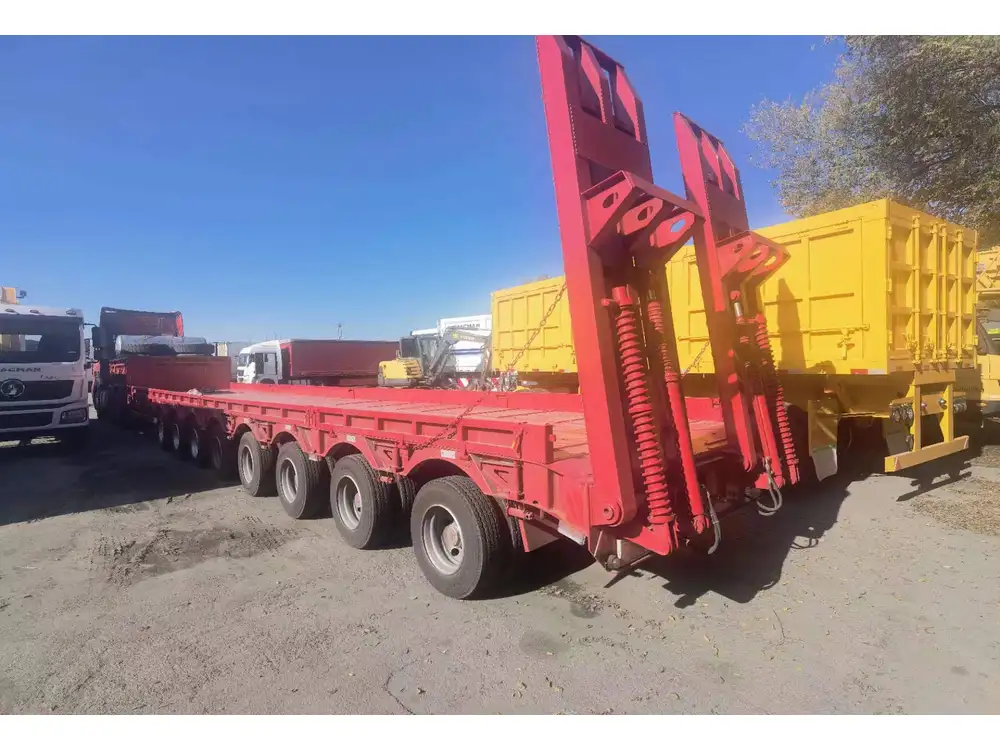
Trailer Size and Design
The size of the travel trailer profoundly affects its fresh water tank capacity. With larger trailers, manufacturers can design more extensive systems that accommodate increased freshwater distribution for the entire living space. Smaller trailers, in contrast, prioritize light weight and easy towing, which limits the tank size and overall water capacity.
Intended Use and Traveling Style
Your travel habits also dictate the necessity for a larger or smaller water tank.
- Short Trips: For weekend getaways or short trips, having a small tank may suffice, especially if you’re near amenities with water hookups.
- Extended Adventures: Families and avid travelers who often camp far from urban centers should consider trailers with larger tanks to minimize refilling stops and enhance comfort.
Range of Fresh Water Tank Capacities
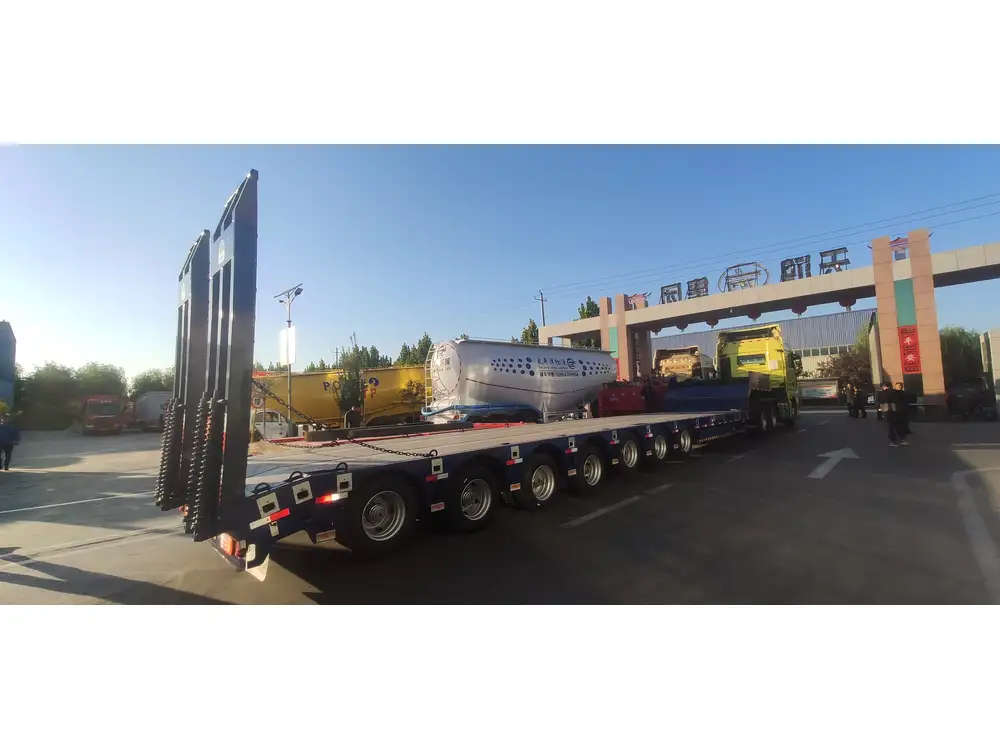
Smaller Trailers (Under 20 feet)
These compact models usually carry 10-30 gallons. They are ideal for solo travelers or couples who enjoy frequent camping without the need for extensive onboard amenities. Some popular options include:
| Model | Tank Capacity (Gallons) |
|---|---|
| Forest River Rockwood Mini Lite | 20 |
| Jayco Hummingbird | 27 |
| Gulf Stream Vintage Crusier | 30 |
Mid-Sized Trailers (20-30 feet)
Mid-range trailers accommodate families and friends more comfortably, with capacities often between 30-50 gallons. This range strikes a balance between manageable size and adequate water supply.
| Model | Tank Capacity (Gallons) |
|---|---|
| Keystone Passport | 43 |
| Keystone Springdale | 38 |
| Starcraft Launch | 34 |
Larger Trailers (Over 30 feet)
These expansive models are perfect for those who love luxury and space. Fresh water tanks in these units can be vast, often exceeding 50 gallons—a necessity for longer trips away from established campgrounds.
| Model | Tank Capacity (Gallons) |
|---|---|
| Heartland Big Country | 66 |
| Grand Design Reflection | 50 |
| Jayco Eagle HT | 55 |
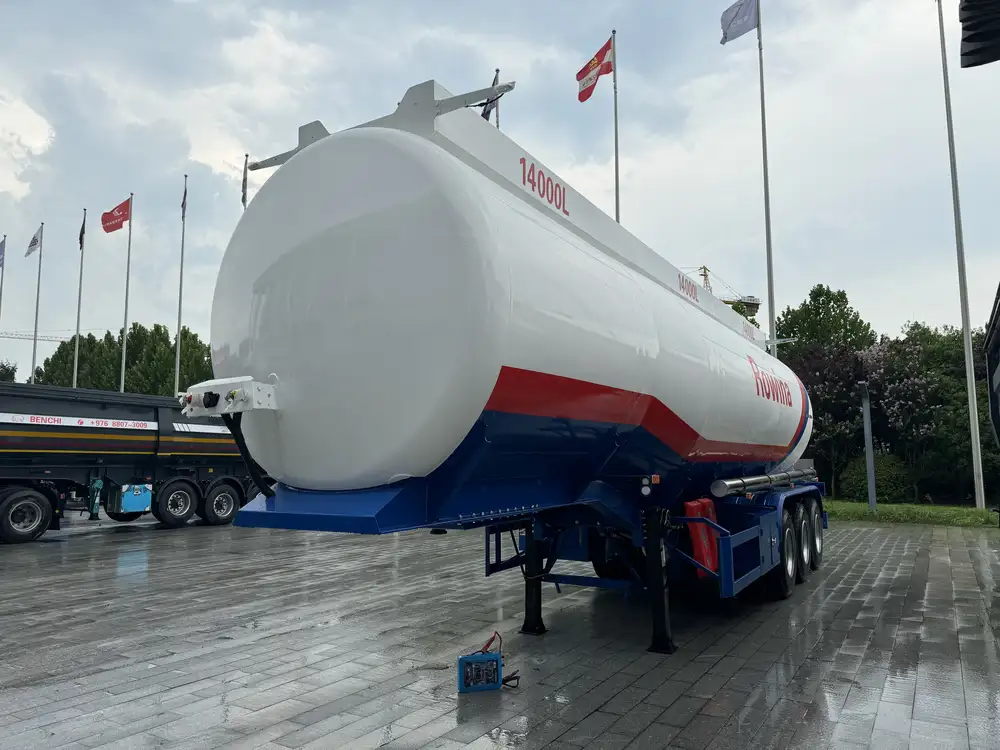
Measuring Your Fresh Water Usage
Daily Consumption Estimates
Understanding how much water you’ll need each day is crucial for planning. When calculating your daily water consumption, consider the following typical usage:
- Cooking: 3 gallons/day
- Dishwashing: 2 gallons/day
- Showering: 10 gallons (short showers)
- Toilet Flushing: 1.6 gallons/flush (counting a few flushes daily)
This means an average family might require around 30 gallons per day for comfortable camping. Tailor your travel trailer’s fresh water tank capacity accordingly.
Planning for Extended Trips
If you’re planning an extended trip into the wilderness, having a larger tank is paramount. Additionally, consider supplementary options like portable water containers or grey water tanks to extend your stay without the need for frequent stops.

How to Maintain Your Fresh Water Tank
Cleaning Requirements
Proper maintenance of your fresh water tank ensures safe drinking water and optimal functionality. Cleaning and sanitizing your tank should be done at least once a year. Here’s a simple cleaning routine:
- Empty the Tank: Drain any remaining water.
- Sanitize: Mix a solution of bleach and water (1/4 cup of bleach per 15 gallons of water) and fill the tank.
- Circulate: Turn on the water pump and allow the solution to circulate throughout the plumbing.
- Drain and Rinse: After 12 hours, drain the tank, refill with fresh water, and flush the system.
Winterization Procedures
For those who store their trailers during winter months, it is essential to winterize your fresh water tank to prevent freezing and cracking:
- Drain the tank entirely.
- Remove all water lines and fittings to ensure no residual water remains.
- Use antifreeze specifically designed for RV systems to flush the lines where possible.
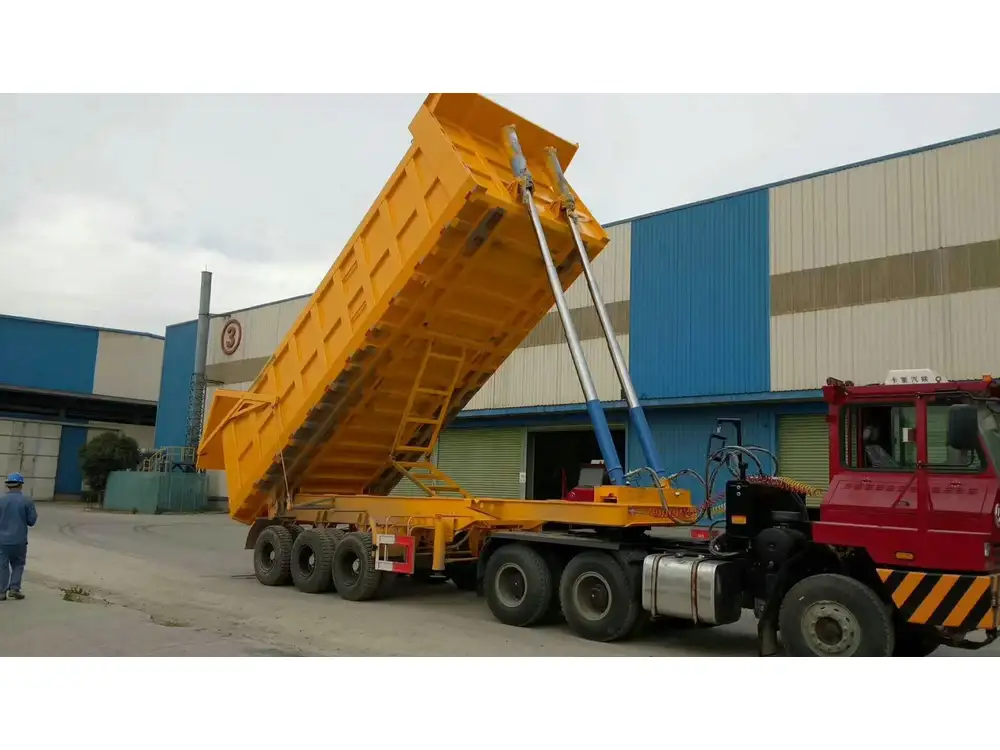
Choosing the Right Travel Trailer for Your Water Needs
Evaluating Options
Before purchasing a travel trailer, we suggest creating a checklist of required features, including desired fresh water tank capacity.
- Consider how many people will be using the trailer.
- Evaluate your typical trip duration and amenities you may need.
- Look for trailers that offer space for additional water containers.
Customizing Your Trailer
For those who desire a specific capacity that existing models do not offer, customization might be an option. Add-on tanks or upgrading your plumbing system can enhance your fresh water capacity, tailored to your unique adventure needs.
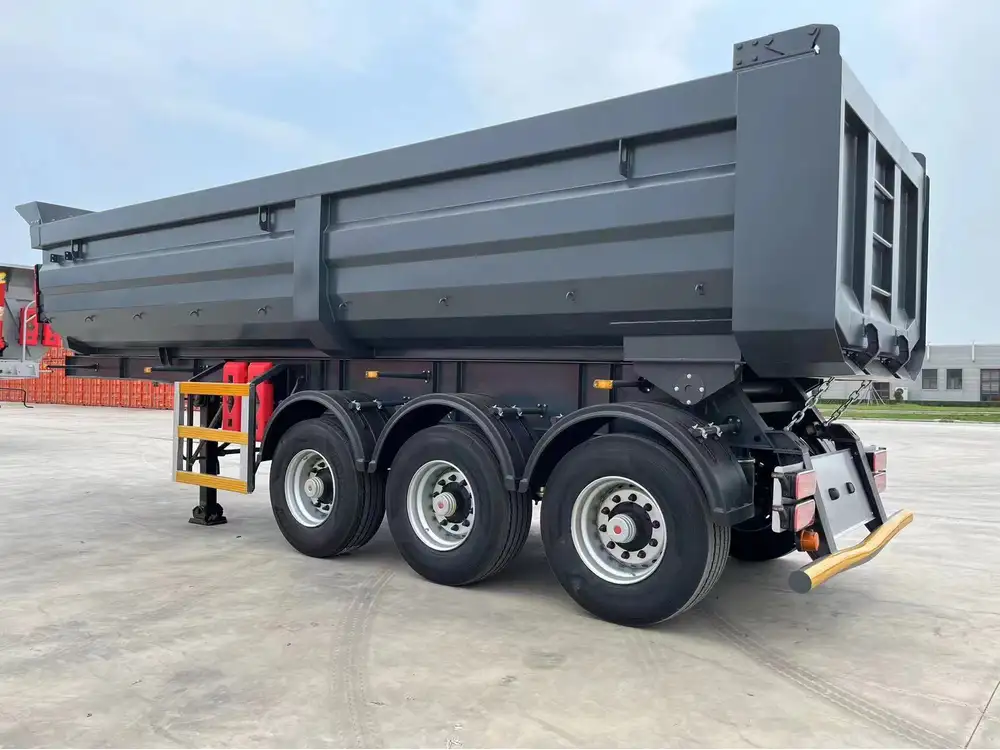
Conclusion
Selecting the right fresh water tank size for your travel trailer involves a detailed analysis of your camping style, preferences, and travel habits. Whether you’re embarking on weekend trips or long adventures, ensuring you have sufficient water on hand will significantly enhance your camping experience—making breaks, cooking, and managing hygiene much more comfortable. By understanding the types of trailers available, their capacities, and how to maintain and evaluate your needs properly, you ensure your outdoor escapades remain both enjoyable and hassle-free. As you make your decision, prioritize your unique requirements, and prepare for countless memorable journeys ahead.



